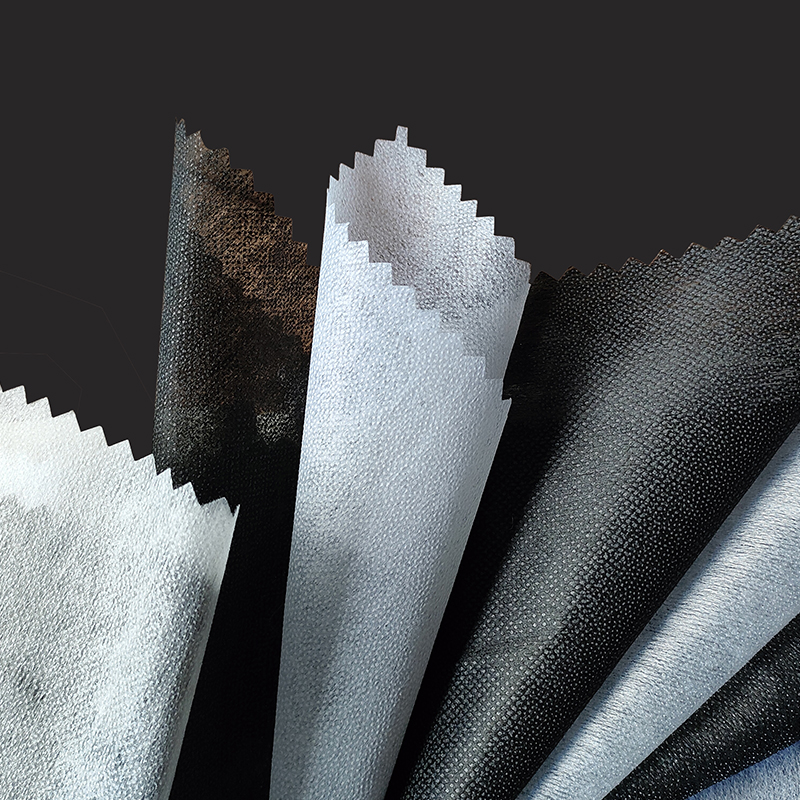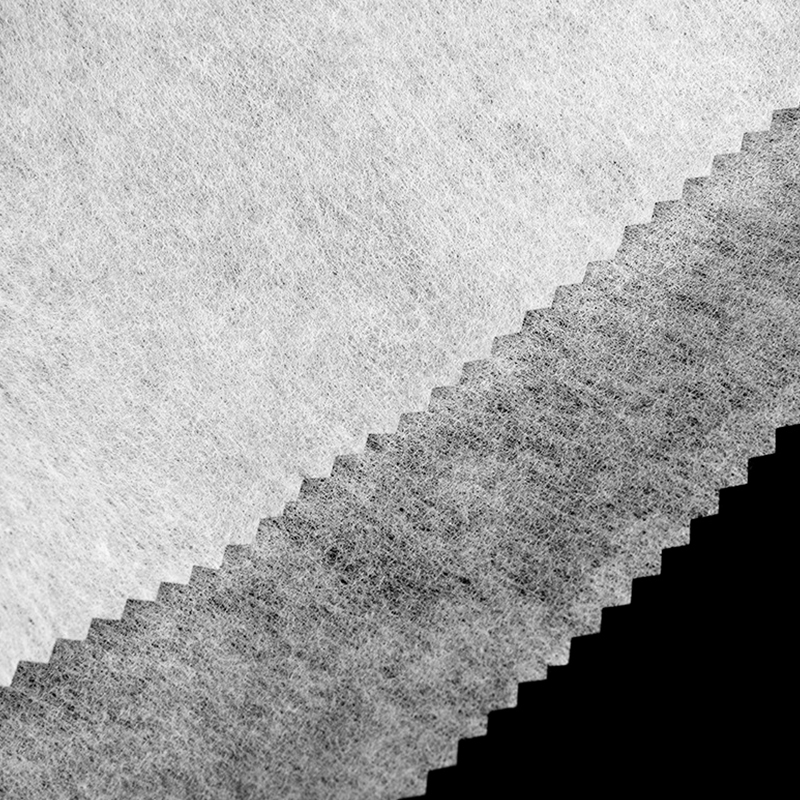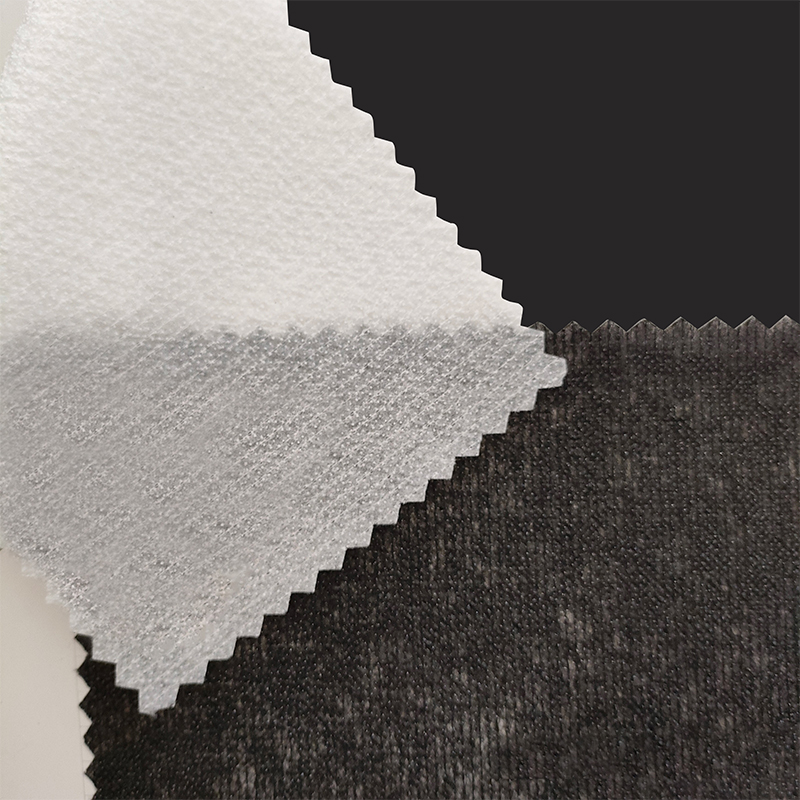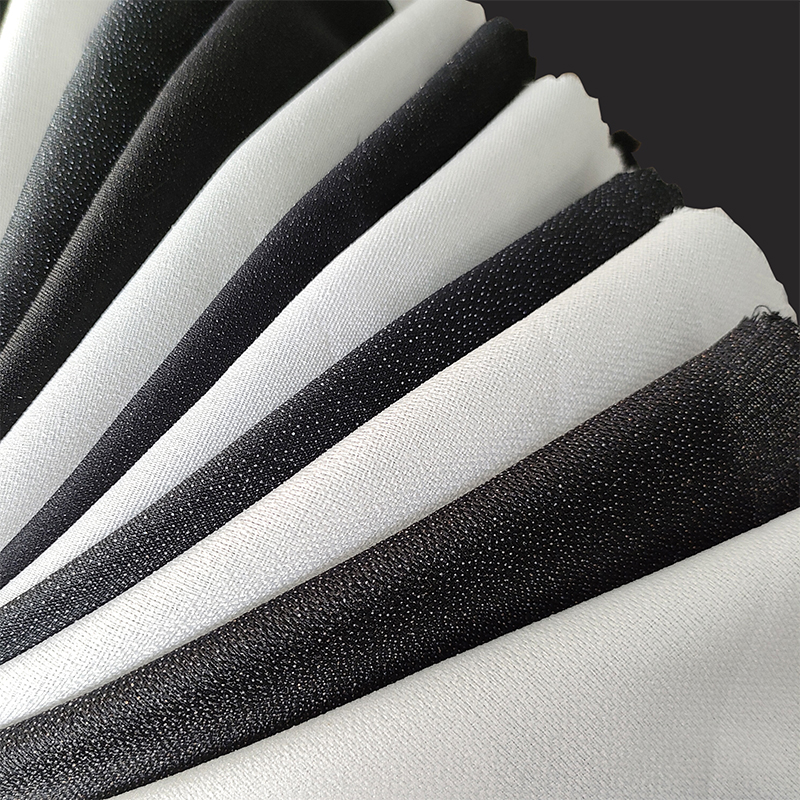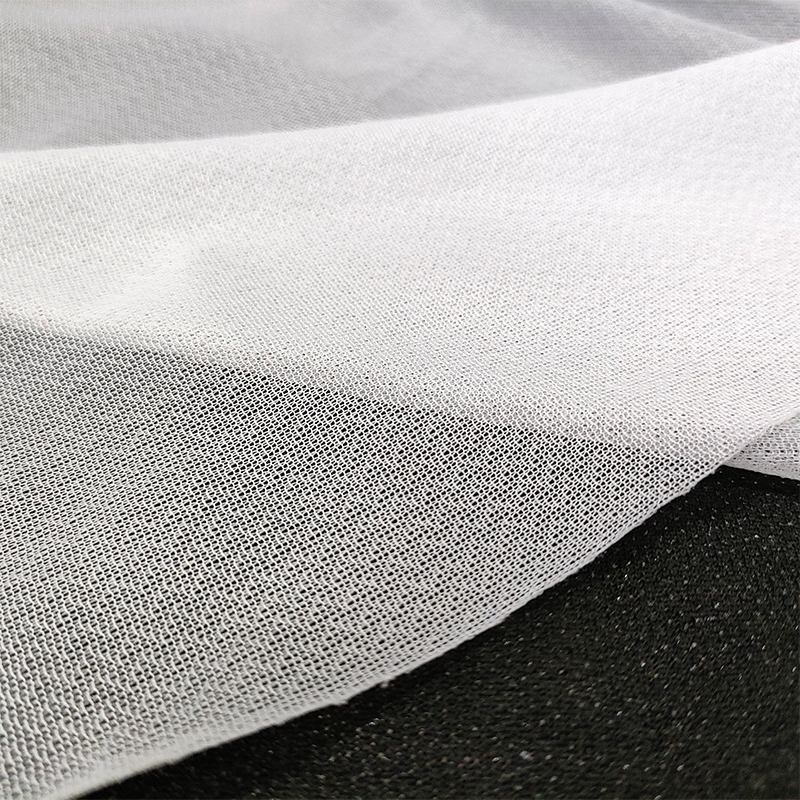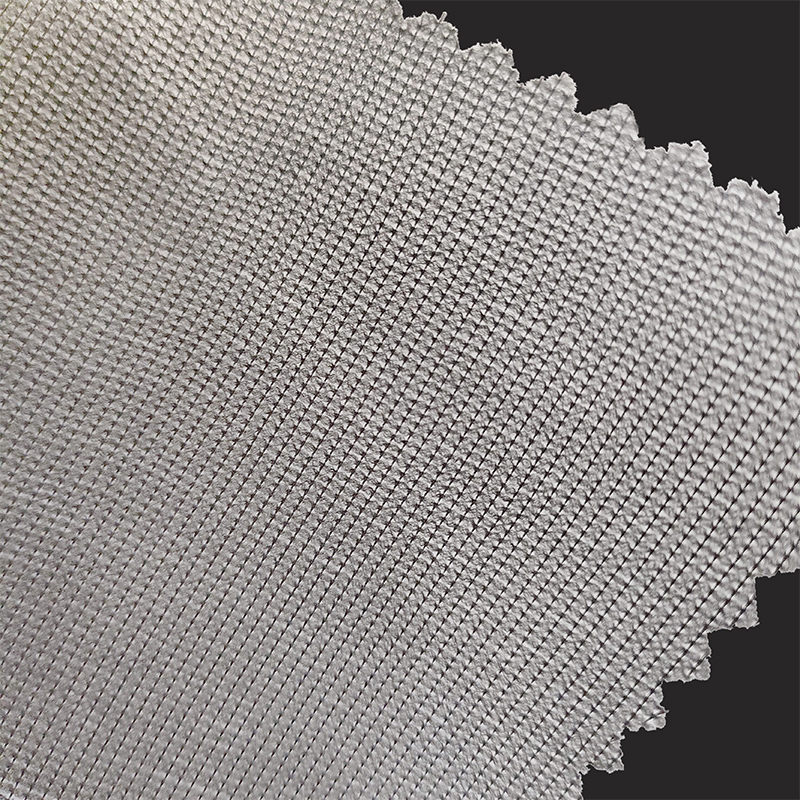1. Definition and Basic Concepts
Nonwoven Fabric is a fabric like material that is not made through traditional textile processes such as spinning and weaving.
By directly bonding or entangling fibers to form a mesh structure, it has a fabric like appearance and performance.
2. Main manufacturing methods
Mechanical reinforcement: High pressure water jet or needle puncture entangles fibers (such as wet wipes, filter materials).
Hot bonding: Heating and melting some fibers (such as PP material) to bond them together (such as shopping bags, medical protective clothing).
Chemical bonding: Using adhesive to fix fibers (such as certain industrial fabrics).
3. Core Features
Porous and breathable: Natural gaps between fibers allow air and liquids to pass through (suitable for masks and agricultural coverings).
Strong customizability: By adjusting the fiber type, density, and process, the softness, strength, or waterproofness can be changed.
Non directional: Unlike woven fabrics with warp and weft lines, the performance is more uniform in all directions.
4. Common materials
Synthetic fibers: polypropylene (PP), polyester (PET) - durable, waterproof, but difficult to degrade.
Natural fibers: cotton, linen - soft but prone to mold, rarely used in industry.
Biobased material: PLA (made from corn starch) - biodegradable, but low in strength and sensitive to moisture.
5. Main application areas
Medical and health: surgical gowns, masks, disinfectant wipes (disposable, antibacterial requirements).
Agriculture: insulation and insect proof cloth, seedling base cloth (transparent, breathable, and weather resistant).
Household daily use: shopping bags, wall coverings, sofa lining (low-cost, easy to process).
Industry: filter materials, waterproof membrane base fabric (high strength and chemical stability).
6. Difference from ordinary textiles
Non weaving: eliminates the spinning and weaving steps, resulting in faster production and lower costs.
Shorter lifespan: Most non-woven fabrics are not as washable and wear-resistant as woven fabrics (except for special industrial grade products).
Environmental controversy: PP/PET non-woven fabric is difficult to degrade, but some can be recycled; PLA is compostable but under strict conditions.
| Category | Description | Examples/Notes |
| Definition | Fabric-like material made without weaving or knitting; fibers bonded directly. | Alternative names: Nonwoven, felt (for some types). |
| Production Methods | • Mechanical (water/needle punching)• Thermal bonding• Chemical bonding | Determines texture (soft/rigid) and porosity. |
| Key Properties | • Breathable• Customizable strength/flexibility• Isotropic (no grain) | Unlike woven fabrics, no warp/weft threads. |
| Common Materials | • PP (waterproof, cheap)• PET (strong)• PLA (compostable) | PP dominates 70%+ of market; PLA used for eco-products. |
| Primary Applications | • Medical (masks, gowns)• Agriculture (crop covers)• Packaging | Disposable items leverage low cost & hygiene. |
| Vs. Woven Fabrics | • Faster production• Lower durability• No yarn waste | Woven fabrics last longer but cost more to produce. |
| Eco-Considerations | • PP/PET: Recyclable but persist in landfills• PLA: Composts industrially | "Biodegradable" claims often require specific conditions. |
| Feature | Nonwoven | Woven Fabric |
| Production Speed | Minutes per roll | Hours/days per batch |
| Fiber Alignment | Randomly arranged | Uniform warp+weft |
| Edge Durability | Frays easily | Hemmed edges resist fray |

 English
English Español
Español Türk
Türk